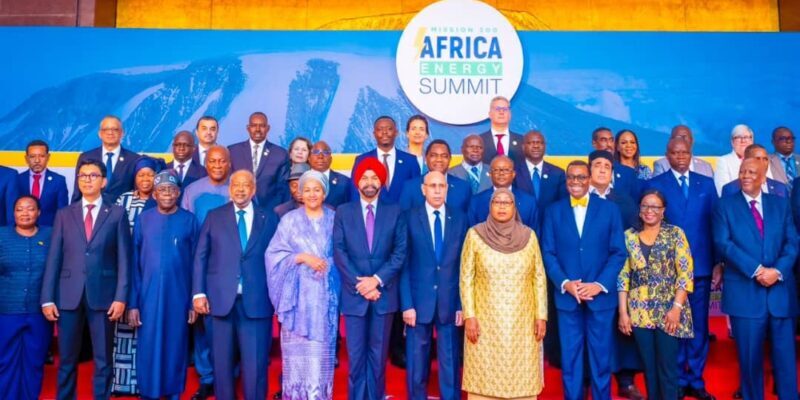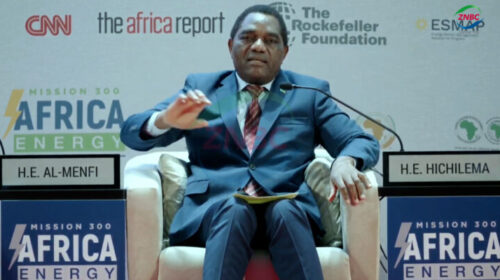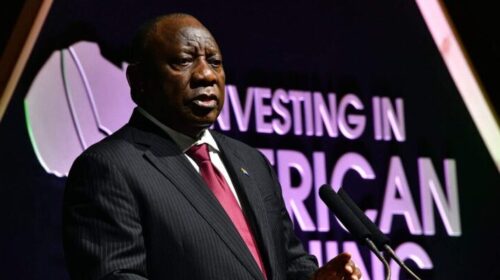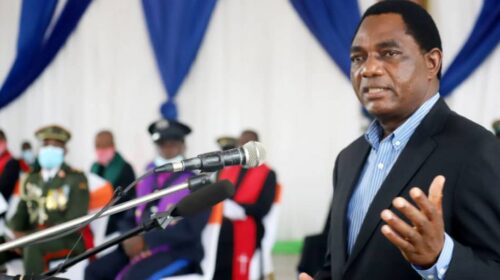SADC Reinforces Commitment to Energy Access at Mission 300 Africa Summit
The Southern African Development Community (SADC) actively participated in the Mission 300 Africa Energy Summit (M300 AES) held on January 27-28, 2025, at the Julius Nyerere International Conference Centre in Tanzania.
The high-level event was jointly organized by the African Development Bank Group (AfDB), the World Bank Group (WBG), the Government of Tanzania, and the African Union, focusing on accelerating electricity access across the continent.
The summit aimed to connect 300 million people to electricity by 2030, aligning with the United Nations Sustainable Development Goal (SDG) 7.
Among the 54 African Union member states, 12 countries—including five SADC nations (Democratic Republic of Congo, Madagascar, Malawi, Tanzania, and Zambia)—launched their National Energy Compacts, outlining strategies to attract investment in energy infrastructure and clean cooking solutions.
The summit brought together 24 Heads of State and Government, key ministers, and global financial leaders, including World Bank President Ajay Banga and AfDB President Dr. Akinwumi Adesina.
Speaking at the opening ceremony, Tanzanian President Dr. Samia Suluhu Hassan reaffirmed her country’s commitment to expanding electricity access beyond 70% by 2035 and emphasized the transformative impact of clean energy on women and girls.
Tanzania plays a pivotal role in regional energy integration, connecting to four neighboring countries. Key projects, such as the Tanzania-Zambia interconnector, part of the Zambia-Tanzania-Kenya (ZTK) initiative, will facilitate power trading between the Southern African Power Pool (SAPP) and the East African Power Pool (EAPP)—a crucial step toward seamless energy distribution from Cape Town to Cairo.
Other major regional projects include:
- Mozambique-Tanzania and Malawi-Tanzania interconnectors
- Songwe River Basin Development Programme (SRBDP), integrating energy, water, food security, and environmental sustainability
Multilateral financial institutions pledged substantial funding to support Africa’s energy transformation:
- World Bank: $30-40 billion
- African Development Bank: $10-15 billion
- Rockefeller Foundation: $20 billion
- Islamic Development Bank: $2.65 billion
- Asia Infrastructure Investment Bank: $1.5 billion
- OPEC Fund: $1 billion
- Agence Française de Développement (AFD): $1 billion
Representing SADC, Executive Secretary H.E. Elias M. Magosi underscored the importance of regional energy integration through frameworks such as:
- Continental Power Systems Master Plan (CMP)
- Southern African Power Generation and Transmission Master Plan (SAPP Pool Plan)
- Short-Term Action Plan (STAP II) under the Regional Infrastructure Development Master Plan (RIDMP)
These initiatives aim to increase electricity access in the SADC region from 55% to 85% by 2030 under the SADC Regional Energy Access Strategy and Action Plan (REASAP).
H.E. Magosi also held discussions with energy and finance ministers, as well as multilateral development banks, to address funding gaps and investment opportunities in regional power infrastructure.
On the sidelines of the summit, H.E. Magosi met with Tanzanian President Dr. Samia Suluhu Hassan in her capacity as Chairperson of the SADC Organ on Politics, Defence, and Security Cooperation to discuss regional security challenges.
Accompanying the SADC Executive Secretary was Senior Programme Officer for Energy, Mr. Moses Ntlamelle.
The Mission 300 Africa Energy Summit reinforced SADC’s commitment to sustainable energy development, positioning the region for greater energy security, economic growth, and cross-border power connectivity.
![]()





